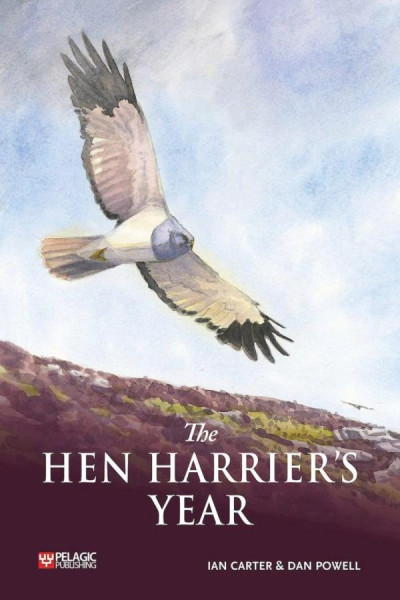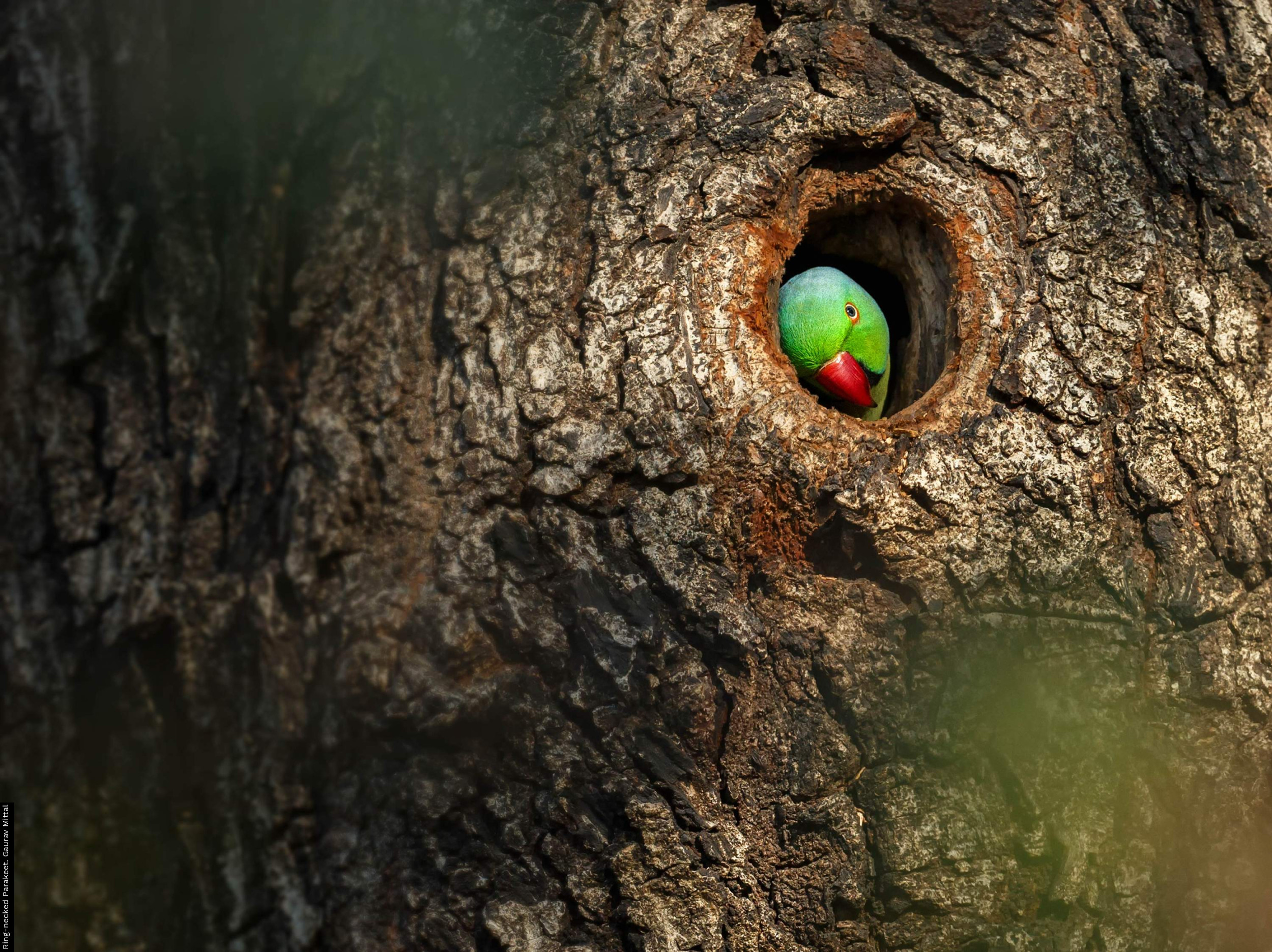
Publisher: Pelagic Publishing, London
Publication Year: 2022
Binding: Softback
Page Count: 173
ISBN Number: 9781784273859
Price: £ 25.99
The Hen Harrier’s Year
On one day every month throughout winter for the past 40 years, a band of hardy volunteers has layered up with thick clothes, filled up a flask with something warming, and ventured forth to a reedbed, rough field, or heath to watch, and to wait.
As the weak sun begins to dip, and the light begins to fade, some of these hardy souls will be very lucky indeed, for out of the dimming light might drift a pale, ghostly spirit, or an elegant brown beauty, white rump glowing like a lantern.
The birds rise and wheel, before falling into discreetly hidden, private sleeping quarters. This monthly count is one of the little-known surveys that BTO co-ordinates in England and Wales; the Hen Harrier Winter Roost Survey.
And so, when I was presented with the opportunity to review Dan Powell and Ian Carter’s new book charting the annual cycle for these most complicated of raptors, I jumped at the chance, if nothing else to learn more about the roosting behaviour of Hen Harriers during the winter so that I might better understand the survey that I am so fortunate to be able to help administer.
The book proved to be a rich source of information, delivered in a relaxed narrative style and I was able to learn some fascinating details about the Hen Harrier’s life through the year that I had not previously considered.
Back in 2019, Dan Powell and Ian Carter co-authored The Red Kite’s Year; a book that followed the lives of Red Kites through each month, interweaved with chapters detailing threats, conservation and history.
The Hen Harrier’s Year follows the same simple format, but for a raptor of a vastly different nature. Each chapter covers a different month; from the cold, hard months of winter, to the warming spring and the first stirrings of breeding behaviour peaking in spectacular skydancing displays. Summer covers the trials of rearing a nest of young, and then autumn the dispersal of juveniles out into the world.
Throughout, there are interesting asides that cover similar species, history, diet and migration. It is clear that much of the information within the text leans heavily on Donald Watson’s classic monograph The Hen Harrier, but the authors’ own experiences of Hen Harrier fieldwork and deep knowledge of the species mean that there is something new to be found in the text.
The other harrier species, Marsh and Montagu’s, drift in and out of the story as well, and interesting comparisons are made with the North American relative Northern Harrier or Marsh Hawk. With a species like Hen Harrier, it is impossible to avoid the issue of their continued persecution, and the authors do not shy away from lamenting the past and current history of illegal killing, while offering a measured critique of ongoing conservation efforts to reverse their population decline.
The real highlights of the book are the evocative illustrations by Dan Powell. Hen Harriers are a subject for which watercolour is the perfect medium, and the illustrations wholly capture the airy and fleeting nature of viewing them, as well as catching the essence of their transitory habitats and the species that share them, such as Short-eared Owls and Ring Ouzels.
Captions in the style of fieldnotes effortlessly transport the reader to the hillside, giving a flavour of the work that raptor specialists carry out yearly.
This is a beautifully presented book, a worthy sequel to the previous offering, a love-letter to Hen Harriers and the places they inhabit, and a scathing appraisal of the failure to bring this delicate species back from the brink in the UK.
- This would provide the perfect introduction to anyone interested in learning more about them and the challenges they face.
Book reviewed by Anthony Wetherhill
buy this book





Share this page